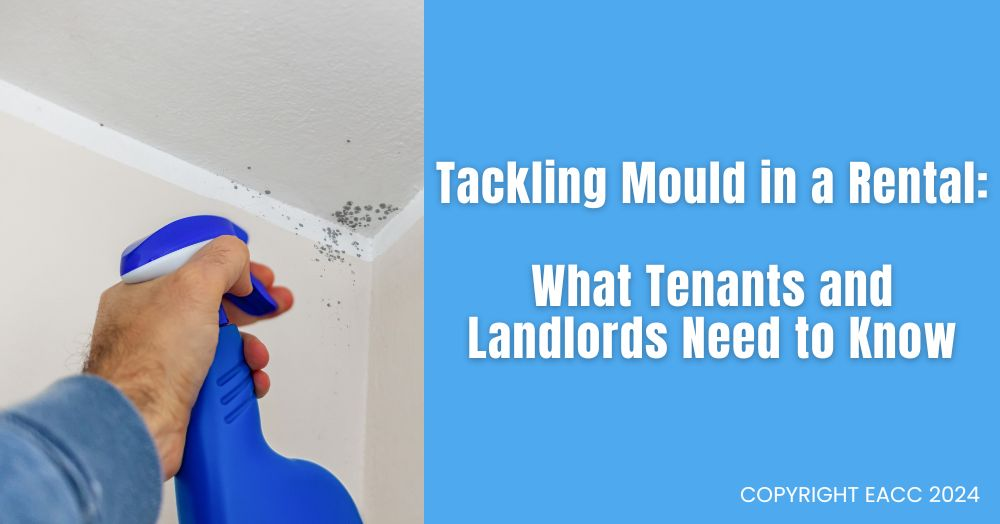Mould Prevention: Why Tenants and Landlords in London Need to Work Together
Despite greater awareness and tougher legislative measures, mould can still be a significant issue for landlords and tenants.
A new survey has found that 43% of tenants have experienced problems with mould and damp in their rental*.
And cases appear to be becoming more – not less – prevalent.
Experts attribute this to changing weather patterns (sadly, we’re getting more rain than ever in the UK)**.
High energy prices don’t help either, as cash-conscious tenants are now more frugal when heating their homes. (Keeping a property at a moderate, consistent temperature helps prevent mould.)
How can this trend be turned around?
Let’s start by tackling an important question: why does it matter?
Mould isn’t just an unsightly, foul-smelling inconvenience; it can cause lung problems and eye and skin conditions. Long-term exposure can lead to severe illness and, in extreme cases, be fatal.
Mould and damp can also cause ugly stains and structural damage to a property.
Who is responsible – the tenant or landlord?
This is a frequently asked, much-debated question. The answer, and we’re not just being diplomatic, is both parties. It really does come down to teamwork and communication.
Tenants can play a huge role in preventing mould from occurring and raising the alarm if it does.
Landlords must ensure there are no structural issues (leaks, cracks) or maintenance problems (blocked gutters, faulty extractors) contributing to mould growth. They must also act swiftly to remove mould if it’s identified.
Here are some helpful tips.
For tenants
Tackle condensation
Condensation provides the breeding ground for mould (which is a fungus). Each morning, wipe dry windowsills, bathroom walls and shower screens.
Open windows
Mould flourishes in poorly ventilated spaces. Open your windows for at least 20 minutes a day to improve ventilation.
Be vigilant
Bathrooms, kitchens and indoor areas where you dry clothes are high-risk locations for mould. Always use extractor fans and, if you must dry laundry inside, use a dehumidifier, too.
For landlords
Maintenance
Stay on top of routine maintenance. Regularly clear out the gutters and ensure extractor fans are working (upgrade them if they’re not).
Inspections
Look out for signs of mould during inspections (remember to check behind the fridge, where mould can fester). Encourage tenants to leave a small gap between furniture and external walls to circulate the air.
Respond quickly
If mould appears, act promptly. Use specific mould/mildew removal products as they can prevent it from returning. Bin all cloths you use in the cleaning process as they can harbour mould spores.
If you have any more questions about mould prevention and removal, get in touch.
Would someone you know benefit from reading this article? Why not share it with them?
* Source: Survey conducted by insurance comparison site Quotezone.co.uk. Based on a randomised survey of 1,200 respondents across the UK.
** Source: Met Office, October 2022 to March 2024.

